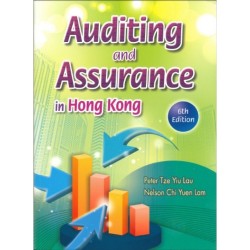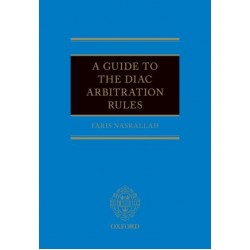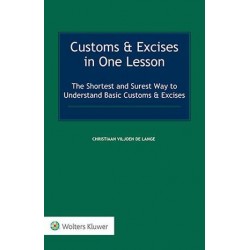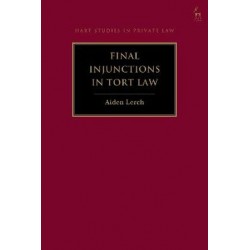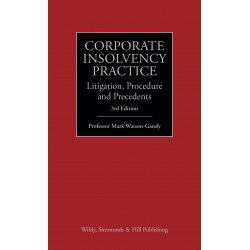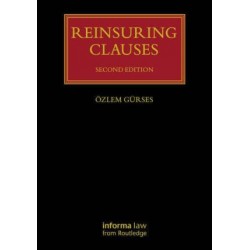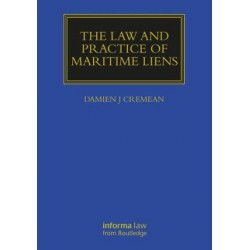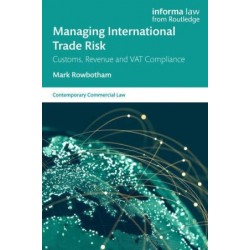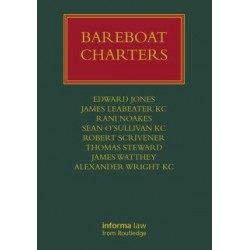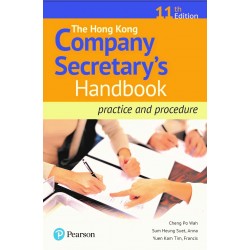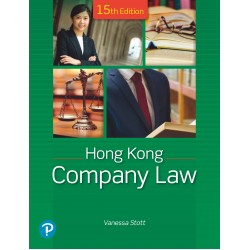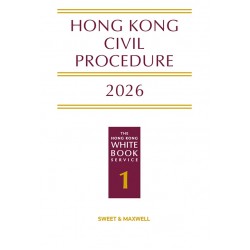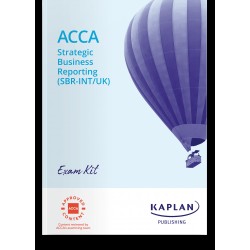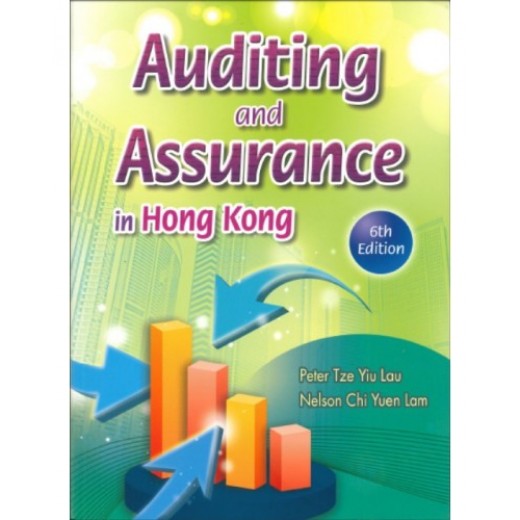Auditing and Assurance in Hong Kong explains the practices of auditing and non-auditing engagements using the most updates International and Hong Kong Auditing Standards.
Key Features:
- Coverage of latest auditing and assurance standards by updating with all new HKSQMs issued in April 2021 (to align with the International Standards on Quality Management finalised and issued in December 2020), and other revised HKSAs, including HKSA 220 (Revised), HKSA 315 (Revised 2019), HKSA 540 (Revised), HKSRS 4400 (Revised) and the relevant conforming amendments
- Coverage of the latest standards on forming an opinion and reporting on financial statements, mpodifications to the opinion in the independant auditor's report, communicating key audit matters in the independant auditor;s report, the auditor's respoonsibilities relating to other information, assurance engagements other than audits or reviews of historical financial information, acountants' reports on historical financial information in investment circulars, and reporting on profit forecasts, statement of sufficiency of working capital and statement of indebtedness
- Coverage of the Companies Ordinance (Chapter 622)
- Numerous illustrative examples, figures and diagrams
- Tailor-made illustrative flowcharts incorporated to help readers easily understand the complicated requirements of the professional standards
- Real-life cases sources from companies listed on the Hong Kong Stock Exchange Limited
- Inclusion of recent QP and ACCA exam questions
For Practitioners
Practitioners will find the concepts and explanations in this book useful in their daily work, and they can use the book as a guide in performing various audit and non-audit engagements. The examples and real-life cases from various sources should be a rich database for them to use for practical guidance and reference.
For Academics
Professors and lecturers teaching auditing and assurance should find this a good textbook for their undergraduate and postgraduate auditing courses. Each chapter of this book can serve a single topic, and the examples and real-life cases can enhance their sharing and presentation to be more practical and lively and stimulate students’ interest.
Many review questions and case studies are incorporated in this book for students' class discussion, homework and practice excercises. A supplementary guide will also be provided to professors and lecturers using the book; this guide will contain answers to all case studies. Moreover, PowerPoint presentations for each chapter of the book have been created and are available to professors and lecturers,
For Students
Students learning auditing in universities or taking professional examinations offered by professional accounting institutions, for example, ACCA and HKICPA, should consider this book as a good textbook and reference for their understanding of auditing to help them pass their professional examinations. The review questions and case studies can help them practice and understand the concepts and examination requirements. In addition, questions from past professional examinations are also adapted and included in each chapter for students’ practice and understanding.

